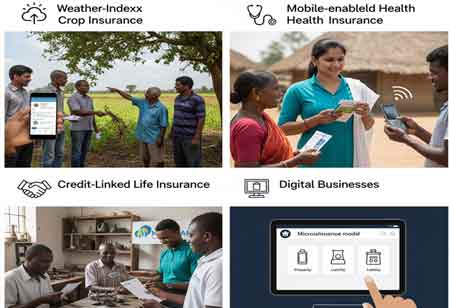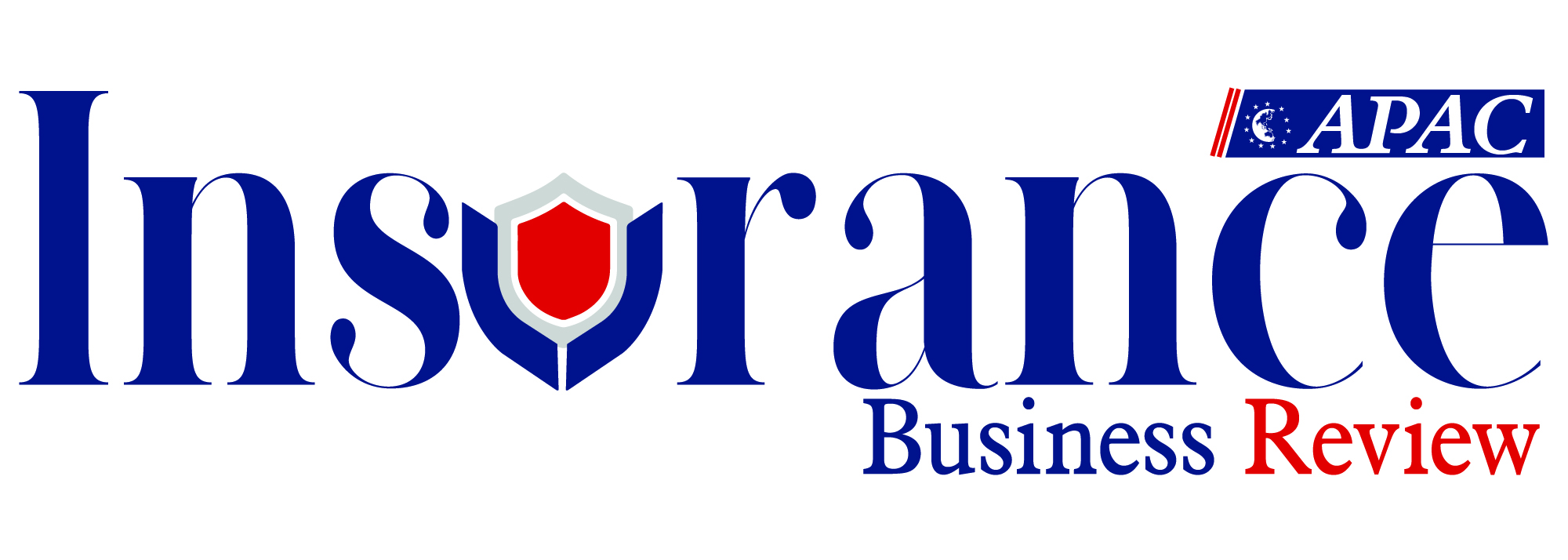Thank you for Subscribing to Insurance Business Review Weekly Brief
Microinsurance Models: Affordable Coverage for Emerging Markets in APAC
Microinsurance in the Asia-Pacific region addresses the needs of unbanked populations, utilizing innovative models and technology to enhance access to essential financial services and boost economic resilience.

By
Insurance Business Review | Friday, October 31, 2025
Stay ahead of the industry with exclusive feature stories on the top companies, expert insights and the latest news delivered straight to your inbox. Subscribe today.
FREMONT, CA: In the Asia-Pacific (APAC) region, where a significant portion of the global population resides, a vast number of people remain unbanked or underbanked, lacking access to essential financial services. This leaves them highly vulnerable to economic shocks caused by health emergencies, natural disasters, or the death of a family breadwinner. Microinsurance has emerged as a crucial tool to address this challenge, offering affordable, tailored, and accessible protection to low-income households and individuals.
Key Microinsurance Models in APAC
The success of microinsurance in the APAC region is closely tied to the adoption of innovative and efficient distribution models, each offering distinct advantages and challenges. The partner-agent model remains the most prevalent, where insurers collaborate with trusted local intermediaries—such as microfinance institutions (MFIs), cooperatives, or retail chains—to distribute and administer policies. These partners leverage their established community relationships to facilitate sales, premium collection, and even claims processing. The full-service model, by contrast, places the entire value chain—from product design to claims handling—under the insurer's control. While this provides greater oversight, it is resource-intensive and less effective in reaching underserved or remote populations. Community-based or mutual models take a collective approach, with members pooling resources to ensure one another, fostering trust and responsiveness, but facing inherent scalability and risk diversification limitations. Lastly, provider-driven models integrate insurance into the core offerings of service providers such as health clinics, utilities, or telecommunications companies. By bundling policies with existing services, these providers achieve large-scale distribution and customer engagement, making this an increasingly attractive option for expanding access to microinsurance.
The Role of Technology and Innovation
Technology has become a transformative force for microinsurance in the Asia-Pacific region, with mobile and digital platforms significantly reshaping distribution models. These innovations have made it more cost-effective and efficient to reach millions of underserved populations. For example, mobile-based solutions enable mobile network operators (MNOs) to deliver insurance products through mobile money platforms, allowing for instant premium collection via airtime deduction or digital wallets. This not only simplifies payments and reduces transaction costs but has also introduced a "freemium" model, where customers receive basic coverage at no cost for a limited period as an incentive to transition to paid products. Similarly, usage-based insurance (UBI) has gained traction, particularly in motor insurance, by leveraging tracking devices to monitor driving behavior and adjust premiums based on actual usage. Emerging technologies such as blockchain and artificial intelligence (AI) are also enhancing the sector by increasing transparency, reducing fraud in claims processing, and enabling data-driven personalization and more accurate risk assessments.
The increasing digital penetration, escalating incomes, and supportive governmental initiatives aimed at fostering financial inclusion within the APAC region are cultivating an opportune environment for the advancement of microinsurance. Insurers, through public-private partnerships, financial literacy programs, and technology, can expand access to crucial financial protection, boosting resilience and economic stability for millions.






